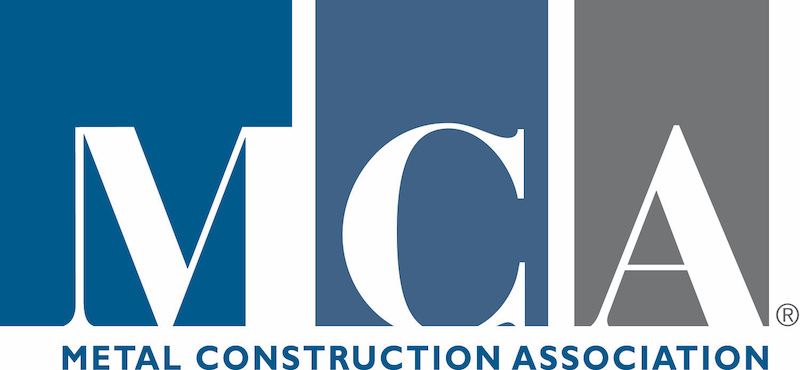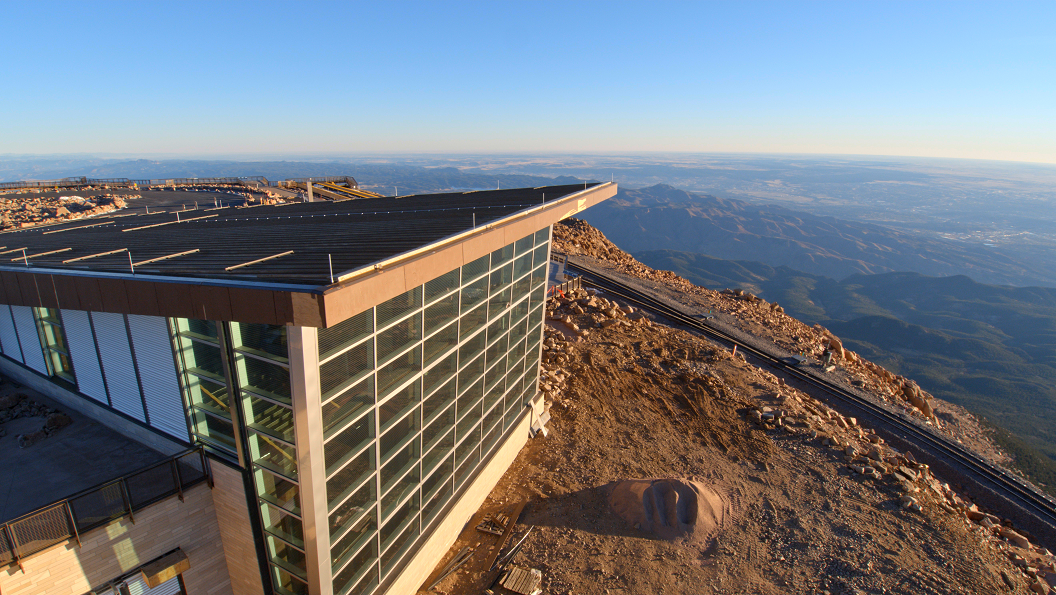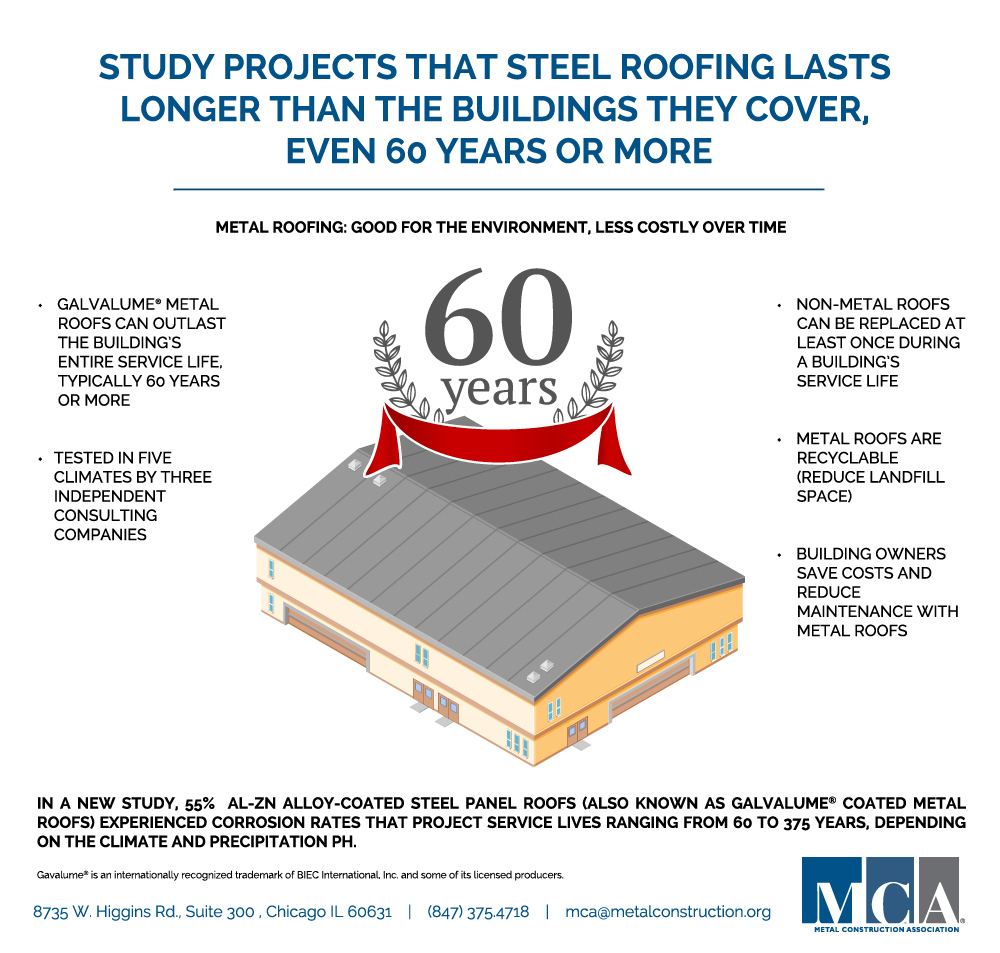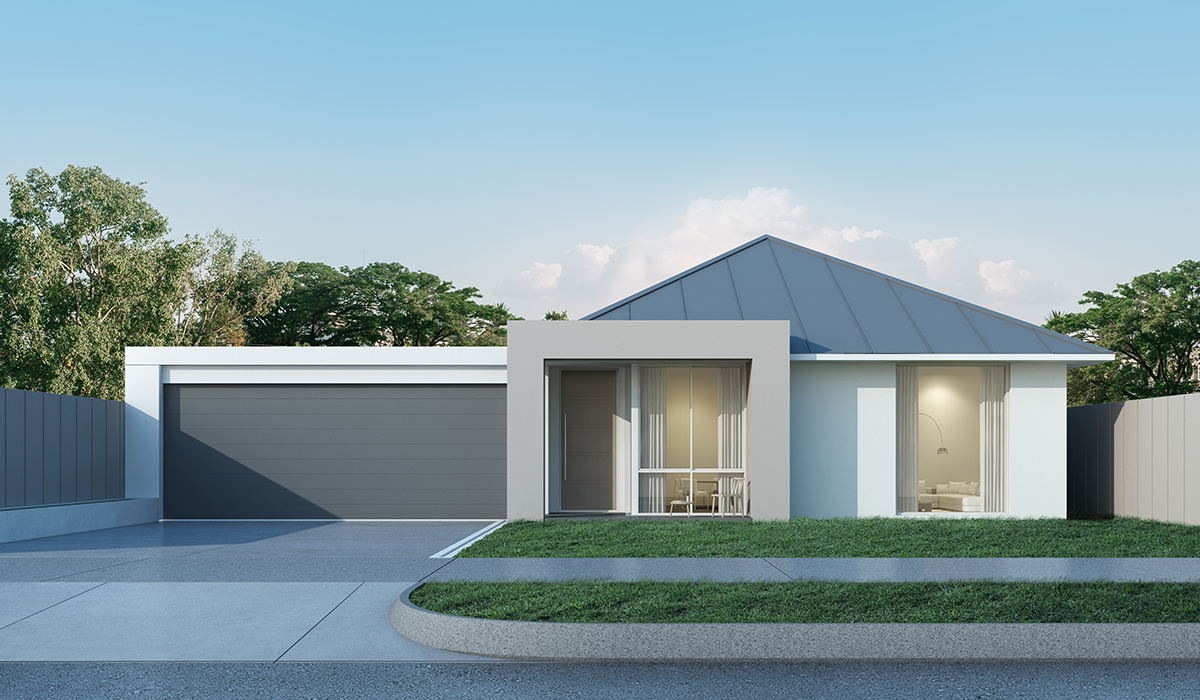WHITE PAPERS
Environmental Benefits of Metal
The LEED® rating system recognizes and certifies sustainable buildings. In addition to the general New Construction standard, the current LEED version applies to the Core and Shell Building Development, Schools, Retail, Data Centers, Warehouses & Distribution Centers, Hospitality, and Healthcare.
All of these categories are excellent candidates for metal buildings, with LEED credits and certification to be earned at the certified, silver, gold, or platinum levels.
With many green advantages over other materials, metal can:
- reduce energy consumption
- improve air quality and thermal comfort
- help comply with energy codes
- minimize environmental impacts
- get recycled indefinitely

Cradle to Cradle
This term refers to design standards for creating products that model the view of natural materials as nutrients circulating in healthy, safe metabolisms. Metal meets these requirements.
Recyclability
Metal is the only known construction material that can be recycled and repurposed indefinitely. Any excess or scrap metals, particularly steel and aluminum, are readily and easily recyclable.
Sustainable Sites
Shop-fabricated metal components reduce on-site labor, cycle time, and construction waste. A 2,000 square foot residence framed in steel produces less than 2% leftover material, all of which can be recycled, compared to wood framing with 20% waste going to a landfill.
Energy Efficiency
Metal buildings offer effective insulation, reduced air leakage, and high-performance windows and doors. A metal roof can also be the ideal base to support solar panels. All of these factors can be used to earn LEED points.
Indoor Environmental Quality
Metal components are shop painted; any volatile compounds are controlled at the factory, not released at the jobsite. Daylighting and exterior views can also be easily incorporated into a metal building design to earn LEED credits.




